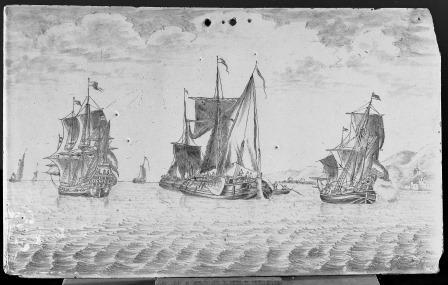Recommendation
In a letter dated 1 December 2006, the Minister for Education, Culture and Science (hereafter referred to as ‘the Minister’) asked the Restitutions Committee to issue a recommendation regarding a decision to be taken on the application submitted on 12 November 2006 by E. W.-P. of B. (hereafter referred to as ‘applicant 1’). In a letter dated 23 March 2007, the Minister asked the Restitutions Committee to issue a recommendation regarding a decision to be taken on the application submitted on 13 February 2007 by Mr D.J.D., Master of Laws, as the authorised representative of his mother, H. D.-M. of A. (hereafter referred to as ‘applicant 2’). Both applications concern restitution of the following objects:
- NK 352: plate
- NK 355: plaque.
According to applicant 1, these objects belonged to the former trading stock of art dealership Firma S. van Messel of Amsterdam, and according to applicant 2, they belonged to the former trading stock of art dealership J. van Messel of Amsterdam. Since their return to the Netherlands after the Second World War, the claimed objects have been part of the Netherlands Art Property Collection (hereafter referred to as the ‘NK collection’) under the inventory numbers listed above, and are currently located in the Zuiderzee Museum in Enkhuizen and in the Museum Lambert van Meerten in Delft, respectively.
